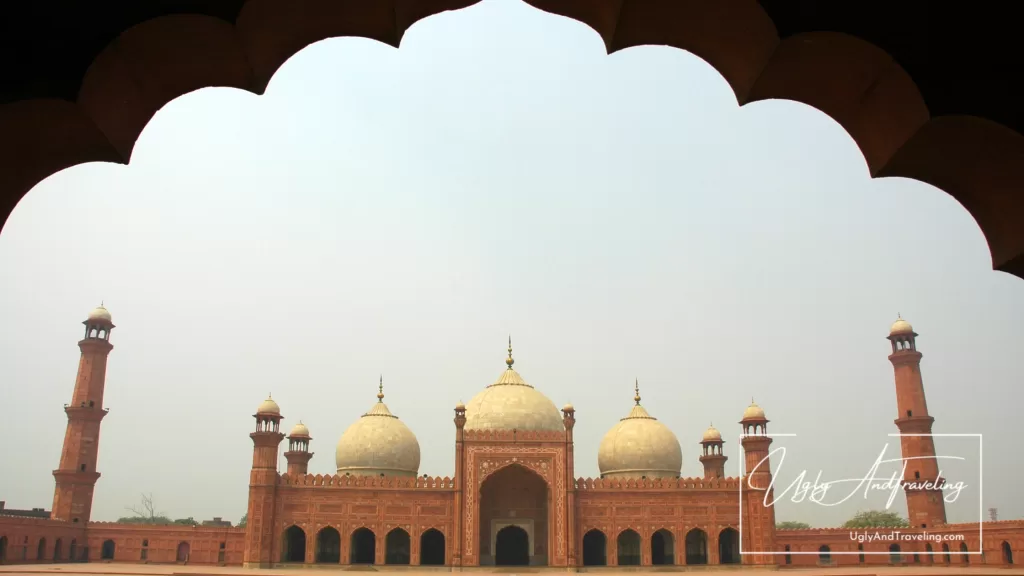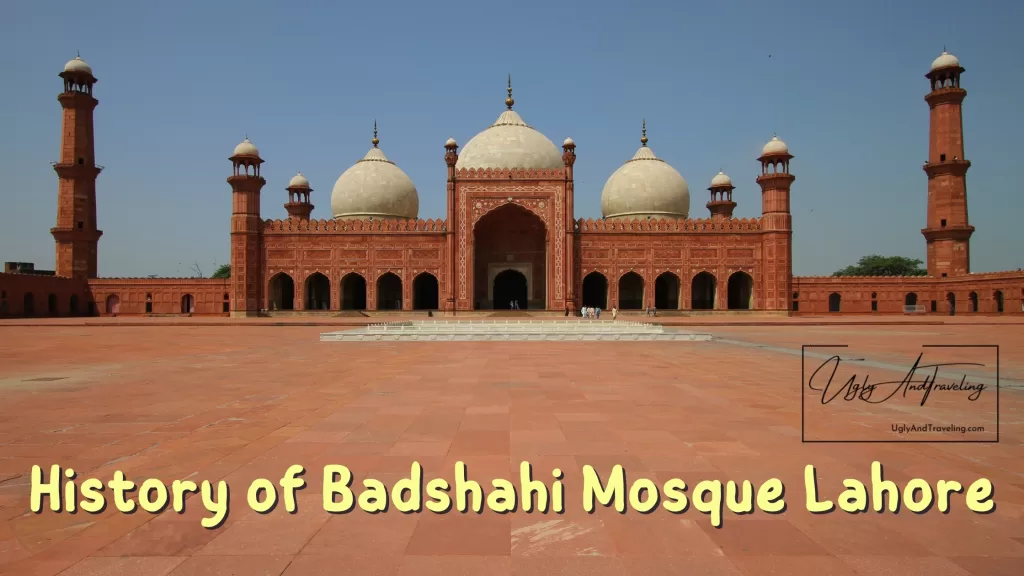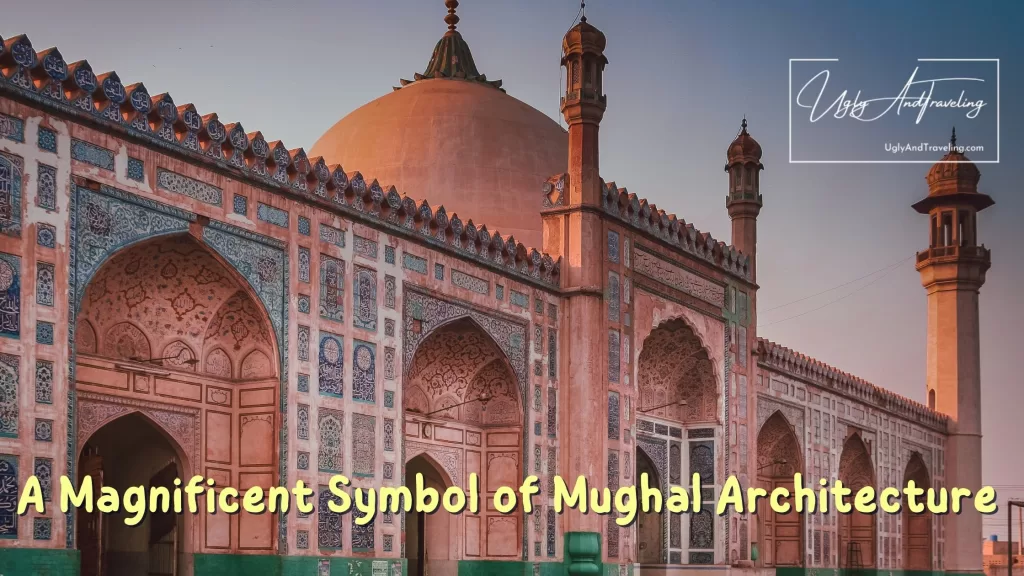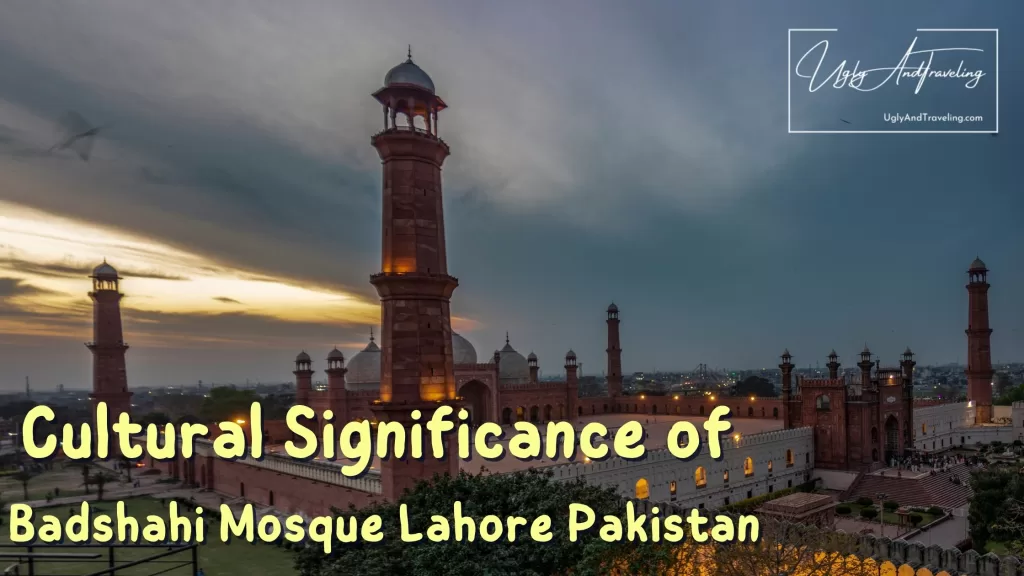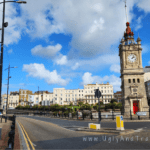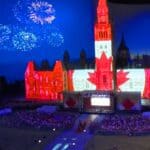Badshahi Mosque Lahore is one of the most iconic landmarks of the city of Lahore, Pakistan. Built in between 1671 and 1673 during the Mughal era, the mosque is a testament to the timeless beauty and grandeur of Islamic architecture. In this article, we will explore the history, architecture, and significance of this magnificent mosque.
Discover the timeless beauty of Badshahi Mosque Lahore, a stunning masterpiece of Islamic architecture and an essential part of Pakistan’s cultural and religious heritage. Learn about the mosque’s history, architecture, and significance, and explore the surrounding area’s other famous landmarks and attractions. Whether you’re a local or a tourist, a visit to Badshahi Mosque is a truly unforgettable experience.
History of Badshahi Mosque Lahore
Badshahi Mosque was commissioned by the sixth Mughal Emperor, Aurangzeb, in 1671. The mosque was built to commemorate his victory over the Maratha Confederacy in the Deccan region of India. It took almost two years to complete the construction of the mosque, and it was inaugurated in 1674. The mosque was named “Badshahi,” which means “royal” or “imperial,” in honor of Aurangzeb.
The mosque remained the largest mosque in the world for over 300 years until the Faisal Mosque in Islamabad was built in 1986. Today, Badshahi Mosque remains one of the most visited tourist attractions in Pakistan and a symbol of Islamic heritage and identity.
Badshahi mosque was built to commemorate the victory of Aurangzeb over the Maratha leader Shivaji in the Deccan. The construction of the mosque was funded entirely by the state treasury, and it was built with red sandstone, which gives it a unique and striking appearance.
It was built to commemorate the victory of the Mughals over the Maratha Empire in the Battle of Panipat. The mosque was constructed under the supervision of Fida-i-Karamat Khan, a renowned architect of that time.
The mosque has a rich and fascinating history, and it has been witness to many important events over the centuries. During the Sikh rule in the 19th century, the mosque was used as a stable, and its marble and sandstone were used to construct new buildings. The mosque was later restored during the British rule and was opened for the public in 1852.
The interior is decorated with frescoes, tiles, and calligraphy, which add to its beauty and elegance. The mosque’s main entrance is decorated with four minarets, and the marble dome above the prayer hall is one of the largest in the world.
A Magnificent Symbol of Mughal Architecture
Badshahi Mosque is a prime example of Mughal architecture, which blends Islamic, Persian, and Indian styles. The mosque is built entirely of red sandstone and marble, and it has a massive courtyard that can accommodate up to 100,000 worshippers at a time. The mosque has four minarets, each standing at a height of 176 feet, and three domes, the largest of which is 60 feet in diameter.
The mosque’s interior is adorned with intricate floral and geometric designs, calligraphy, and frescoes. The prayer hall has a beautiful marble floor and a ceiling decorated with inlaid mirrors. The mihrab, which indicates the direction of Mecca, is made of white marble, and it is decorated with precious stones and tiles.
The walls of the mosque are decorated with intricate calligraphy, and the interior is adorned with beautiful marble work and frescoes. The main prayer hall is also decorated with stunning chandeliers and exquisite tile work.
Badshahi Mosque is an excellent example of Mughal architecture. The mosque has a vast courtyard, which can accommodate up to 100,000 worshippers at a time. The mosque’s main prayer hall is decorated with beautiful arches, domes, and intricate carvings, which are a hallmark of Mughal architecture.
Cultural Significance of Badshahi Mosque
Badshahi Mosque Lahore holds significant cultural and religious importance for the people of Pakistan. The mosque is considered a symbol of the Mughal era’s grandeur and sophistication and reflects the country’s cultural heritage. The mosque is also a popular destination for tourists, and many people visit it to marvel at its beauty and learn about its history.
It holds immense historical and cultural significance for Pakistanis and Muslims worldwide. The mosque is not only a place of worship but also a symbol of the Mughal Empire’s legacy and the grandeur of Islamic architecture.
The mosque’s size and grandeur are a testament to the Mughal Empire’s wealth and power, and it showcases the Islamic world’s architectural achievements.
Today, Badshahi Mosque continues to be an essential religious and cultural site, attracting millions of visitors every year. The mosque’s serene ambiance and stunning architecture have made it a popular destination for photography, sightseeing, and cultural events.
This mosque is also an essential religious site for Muslims. The mosque is used for Friday prayers and other religious ceremonies. The mosque’s vast courtyard is an excellent place for people to gather, socialize, and pray. The mosque’s serene and peaceful environment provides an ideal setting for meditation and reflection.
Surrounding Area
Besides the mosque itself, the surrounding area is also worth exploring. Lahore Fort, which is located just a short walk away from the mosque, is another impressive landmark that dates back to the Mughal era. The fort houses several museums and galleries that showcase the region’s history and art.
Nearby, you can visit Minar-e-Pakistan, which is a national monument located in Iqbal Park. The monument was built in 1960 to commemorate the Lahore Resolution, which was passed on March 23, 1940, and called for the creation of an independent Muslim state in South Asia.
The tower is 70 meters above the ground and consists of eight floors, with a viewing gallery at the top that offers panoramic views of Lahore. The tower’s design is a fusion of Mughal and modern architecture, and it is a popular tourist attraction and a symbol of Pakistan’s independence and national identity.
Another popular attraction near Badshahi Mosque is the Walled City of Lahore, a UNESCO World Heritage Site that dates back to the 16th century. The area is known for its narrow alleyways, historic buildings, and colorful bazaars, making it a favorite among photographers and history buffs.
Planning to visit
If you are planning a trip to Lahore, be sure to include the Badshahi Mosque on your itinerary. With its spacious courtyard, stunning minarets, and rich cultural significance, it is sure to leave you awe-struck and amazed.
During visiting the Badshahi Mosque, make sure to dress modestly and respect the mosque’s religious significance. Visitors are required to remove their shoes before entering the prayer hall and cover their heads if they are women. Also, it is best to visit the mosque during the early morning or late afternoon when the weather is pleasant, and the crowds are smaller.
FAQs
Is Badshahi Mosque Lahore open to non-Muslims?
Yes, Badshahi Mosque Lahore is open to visitors of all religions and nationalities.
Is there an admission fee to enter Badshahi Mosque Lahore?
No, there is no admission fee to enter the mosque, but visitors are required to dress modestly and remove their shoes before entering the prayer hall.
Can women visit Badshahi Mosque Lahore?
Yes, women can visit the mosque, but they are required to cover their heads and wear modest clothing.
What is the best time to visit Badshahi Mosque Lahore?
The best time to visit Badshahi Mosque is during the early morning or late afternoon when the weather is pleasant, and the crowds are smaller.
Are there any restrictions on photography inside Badshahi Mosque Lahore?
Yes, photography is allowed inside the mosque, but visitors are not allowed to use flash or tripods.
What is the significance of the marble mihrab in Badshahi Mosque Lahore?
What is the significance of the marble mihrab in Badshahi Mosque Lahore?
The mihrab is an essential element of Islamic architecture and design, indicating the direction of Mecca, the holiest site in Islam. The marble mihrab in Badshahi Mosque is a work of art, featuring intricate designs and precious stones.
How long does it take to explore Badshahi Mosque Lahore?
A visit to Badshahi Mosque can take anywhere from 30 minutes to a few hours, depending on your level of interest and the crowds.
Are there any other famous landmarks or attractions near Badshahi Mosque Lahore?
Yes, Badshahi Mosque is located in the heart of Lahore’s Old City, which is home to several other famous landmarks, such as Lahore Fort, Minar-e-Pakistan, Shalimar Gardens, and the Walled City of Lahore.
My Final Thoughts
Badshahi Mosque Lahore is a timeless masterpiece of Islamic architecture and a symbol of the rich cultural and historical heritage of Pakistan and the Islamic world. Its grandeur and beauty have mesmerized visitors for centuries, and it continues to be an essential religious and cultural site to this day.
Visiting Badshahi Mosque is a unique experience that allows one to marvel at the grandeur and beauty of Islamic architecture while immersing oneself in Pakistan’s rich cultural heritage.
Whether you are interested in history, art, or religion, a visit to Badshahi Mosque is a must-do on any trip to Pakistan.
Check out in 4K “The Stunning Aerial Tour of Lahore Fort and Badshahi Mosque” I have captured by Drone DJI Mini 3 Pro
If you found this blog helpful, It would be great if you could share it with your family and friends who might find it useful as well. Also you can join our traveler community and meet other travel lovers, share tips and travel experiences with each other.
Please subscribe to my YouTube channel “Ugly And Traveling” and watch 4K travel vlogs.
Stay safe and much love!
Traveling with the green 💚 passport
Take only memories✈️leave only footprints.
